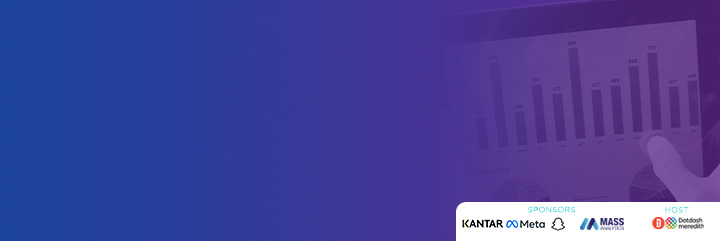- Past Event Highlights
- Article
Inside the Journal of Advertising Research: Sonic Branding, ASMR Engagement, and Who Wins in Activist Messaging?
At this Insights Studio, researchers in Europe, the U.K. and the U.S. presented work in relatively new fields that have high-impact potential for the advertising industry. Starting with a forthcoming paper on sonic branding, the authors described their ground-breaking framework for measuring the implicit effects of sonic branding using music to manipulate visual scenes in video, film and TV. Next, a deep dive into autonomous sensory meridian response (ASMR)—a sensory-inducing device in ads—included strategies for helping brands collaborate with successful ASMR influencers. Lastly, a preview of an article to be published in the March Prosocial Advertising Special Issue showed how brand activism influences attitudes and purchase intentions, revealing a credibility gap between established activist brands and brands emerging in that space. Taking questions from Paul and from attendees, panelists in the concluding Q&A explored links between sonic branding and ASMR, the demographics of ASMR followers, ways for emergent activist brands to close the credibility gap with established activist brands, and future research possibilities.
Member Only Access






